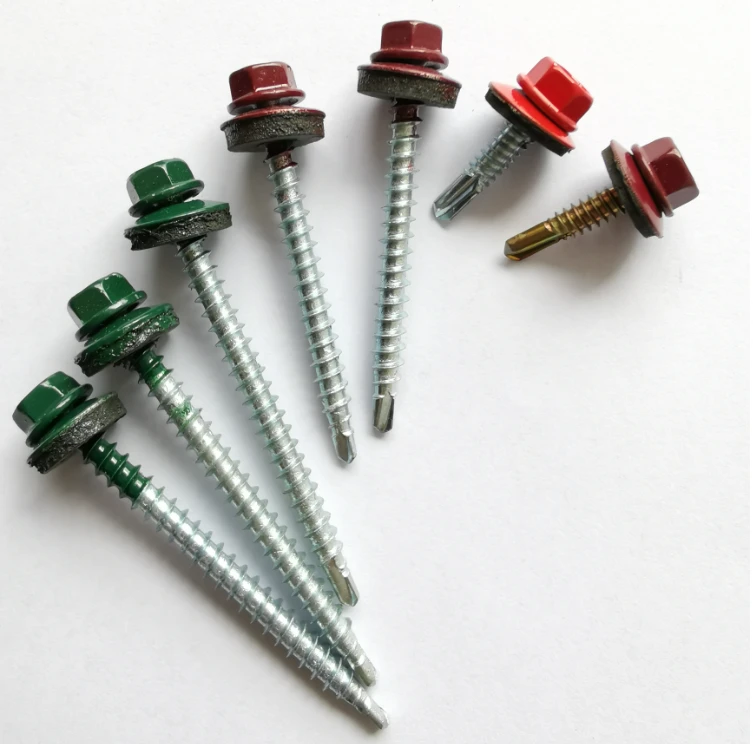buy sae flat washer specifications
Understanding Buy SAE Flat Washer Specifications
When it comes to assembling and fastening components in various industrial applications, the importance of selecting the right hardware cannot be overstated. Among the essential fastening components are washers, specifically SAE flat washers. Understanding the specifications and applications of these washers is crucial for ensuring durability, effectiveness, and safety in construction and manufacturing projects.
What is an SAE Flat Washer?
SAE flat washers, often referred to simply as flat washers, are circular discs with a hole in the center designed to distribute the load of a threaded fastener, such as a bolt or screw, over a larger area. The SAE in their name stands for the Society of Automotive Engineers, which has established the standards for these washers. The specifications for SAE flat washers ensure they meet specific dimensions, material strengths, and tolerances, making them a reliable choice for a variety of applications.
Specifications of SAE Flat Washers
1. Material SAE flat washers are typically made from materials that provide appropriate strength and corrosion resistance. Common materials include steel, stainless steel, plastic, and brass. Steel washers can be plated for enhanced corrosion resistance, whereas stainless steel washers are favored for their inherent resistance to rust and oxidation.
2. Size The specifications include diameter and thickness, which are crucial factors when selecting a washer. SAE flat washers are commonly available in different sizes to accommodate various bolt sizes. For instance, a washer designated as SAE 4 is fit for a bolt with a nominal diameter of 1/4 inch and has specific dimensions for its outer diameter and thickness.
3. Standardization The SAE specifications define the physical dimensions and tolerances of flat washers, which ensures that they can be used interchangeably across different applications without concern for compatibility. This standardization is critical in automotive and manufacturing environments, where precision is key.
4. Load Distribution One of the primary functions of an SAE flat washer is to distribute the load of the fastener evenly, which minimizes the risk of damage to the surface it’s fastened against. This feature helps in preventing marring or deformation of connected parts.
5. Surface Finish The surface finish of SAE washers may vary depending on the application. Certain finishes, such as black oxide or zinc plating, provide additional protection against corrosion, thus extending the lifespan of the washer and the components it secures.
Applications of SAE Flat Washers
SAE flat washers are versatile and find applications in numerous industries, including automotive, aerospace, construction, and manufacturing. Some common uses include
buy sae flat washer specifications

- Automotive Assembly In vehicle manufacturing, SAE flat washers are used in various applications, from attaching the chassis to securing engine components. Their ability to withstand vibration and distribute load makes them ideal for high-stress environments.
- Furniture and Fixtures In furniture assembly, they help secure leg attachments and other structural components, ensuring stability and longevity
.- Electrical Components In electrical applications, washers can help secure connections, ensuring that they remain intact and do not corrode over time.
- Machinery and Equipment Many heavy machines utilize SAE flat washers to fix various parts together, guarding against wear and vibration that can lead to structural failures.
Choosing the Right SAE Flat Washer
When purchasing SAE flat washers, it is essential to consider the specific requirements of your project. Here are key factors to keep in mind
- Load Requirements Assess the load that the washer will need to support. Heavier loads may require thicker washers or those made from stronger materials.
- Environmental Factors Consider if the washer will be exposed to moisture or corrosive elements, which could determine whether you choose a copper, stainless steel, or plated washer.
- Compatibility Ensure the washer's hole diameter fits your fastener and that the outer diameter is appropriate for your application.
Conclusion
Understanding the specifications of SAE flat washers is critical for anyone involved in design, assembly, or maintenance work. By selecting the appropriate washer based on material, size, and application, you can ensure the integrity and durability of your fastening solutions. With their standardized dimensions and versatile applications, SAE flat washers remain a foundational component in engineering and construction.
-
Top Choices for Plasterboard FixingNewsDec.26,2024
-
The Versatility of Specialty WashersNewsDec.26,2024
-
Secure Your ProjectsNewsDec.26,2024
-
Essential Screws for Chipboard Flooring ProjectsNewsDec.26,2024
-
Choosing the Right Drywall ScrewsNewsDec.26,2024
-
Black Phosphate Screws for Superior PerformanceNewsDec.26,2024
-
The Versatile Choice of Nylon Flat Washers for Your NeedsNewsDec.18,2024










